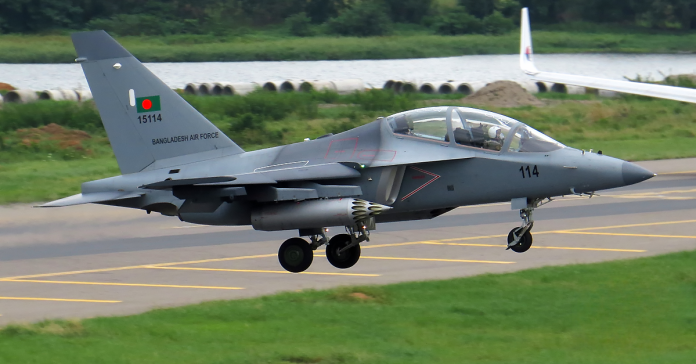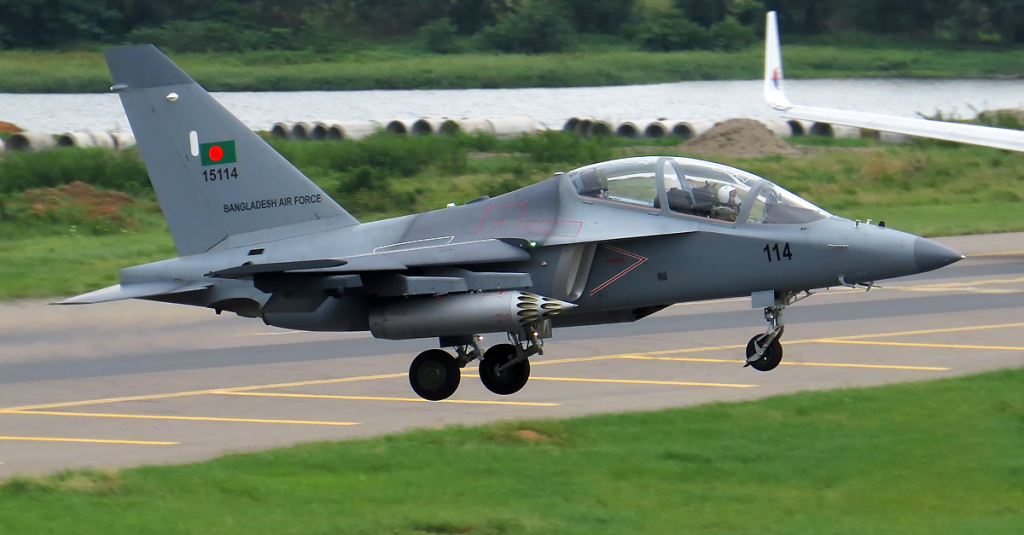
It’s not often that a subsonic trainer jet becomes the centerpiece of a multi‑billion‑euro geopolitical shift. Yet, in late 2025, the Yakovlev Yak‑130 has emerged as the key stepping stone in Iran’s path toward acquiring Russia’s Su‑35 one of the most capable fourth++ generation fighters in service. This isn’t just about hardware; it’s about how Tehran is re‑engineering its airpower doctrine under sanctions, and how Moscow is leveraging export deals to cement alliances outside the Western orbit.
When the Yak‑130 arrived in Iran in September 2023, many saw it as a modest modernization step. But its use in live exercises, combat trials, and pilot training pipelines has revealed a deeper strategic intent-to prepare Iranian aviators for advanced Russian fighters while providing a limited operational capability today. The leaked details of a €6‑billion Su‑35 deal, complete with electronic warfare packages, have only heightened the stakes and place the Yak‑130 as a bridge between Iran’s aging fleet and a future dominated by modern Russian platforms.
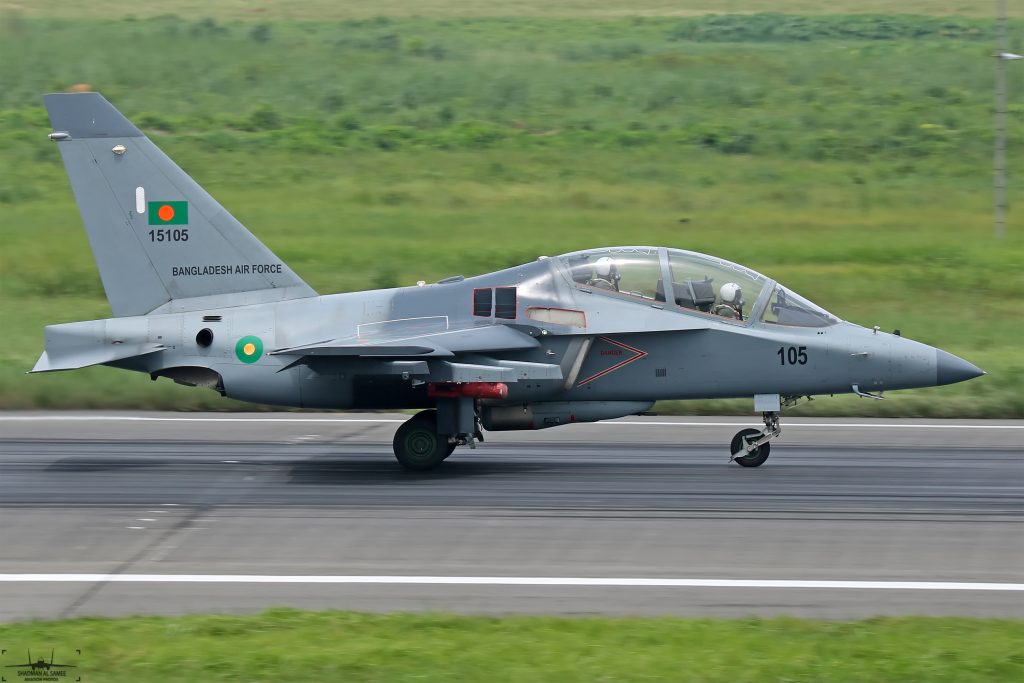
1. Yak‑130’s Role in Iran’s Pilot Training Pipeline
The Yak‑130 is designed to mimic the flight characteristics of 4+ and fifth‑generation fighters to ease pilots transitioning to aircraft like the Su‑35 and Su‑57; for Iran, this rectifies a long‑standing gap created by decades of sanctions that saw the air force reliant on F‑4s, F‑5s, F‑14s and MiG‑29s. Its twin-seat configuration, advanced digital avionics, and glass cockpit environment all immerse trainees in modern fighter operations. The capability to simulate radar, weapons systems, and maneuver profiles of more advanced jets allows Iranian pilots to train domestically, not risking precious Su-35 flight hours. This is a cost-effective way to build proficiency before the arrival of the new fleet.
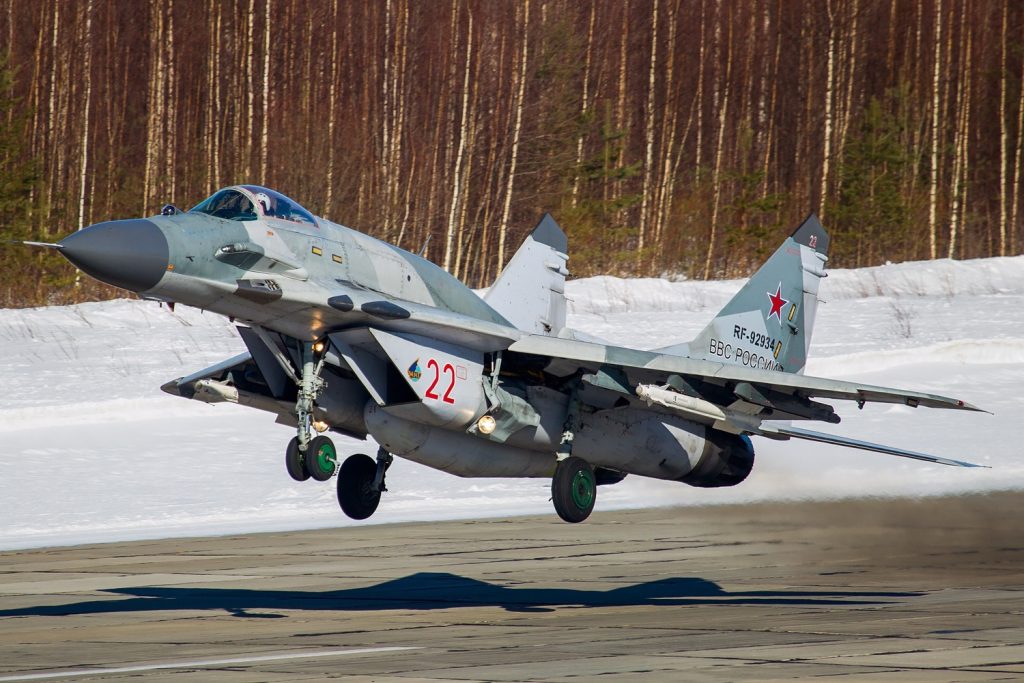
2. Integration into Combat during Zolfaghar 1403 Exercises
A Yak-130 in action during the “Zolfaghar 1403” military maneuvers, where it along with MiG-29s was sent to intercept and destroy a target drone. Brigadier General Alireza Sheikh confirmed that the MiG-29s tracked the drone and relayed targeting data to the Yak-130, which then eliminated it with guided missiles. The whole operation really showcased the ability of the aircraft to fit into Iran’s greater aerial combat network. Although its main mission remains training, the light attack capability of the Yak‑130-with up to 3,000 kg of ordnance-provides flexibility in asymmetric engagements and point defense scenarios.

3. Technical Specifications and Capabilities
With two AI‑222‑25 turbofan engines, the Yak‑130 flies at 1,050 km/h, and the operational range is more than 2,500 km with a full fuel load. Its radar detects eight targets and engages two, while it has support for navigation systems GLONASS and GPS. With 10 hardpoints, the aircraft can carry R‑73 air‑to‑air missiles, Kh‑25 air‑to‑surface missiles, guided bombs, and rocket pods. Digital fly‑by‑wire enables extreme maneuverability including sustained high‑angle‑of‑attack flight, a valuable trait for both training and close‑combat survival.

4. Yak‑130M Modernization and AESA Radar Upgrade
Russia’s United Aircraft Corporation has already introduced the Yak‑130M variant, featuring the BRLS‑130R AESA radar, SOLT‑130K optical‑electronic suite, and the President‑S130 defensive complex. It ensures the capability for all‑weather, round‑the‑clock operations and expands the jet’s combat potential. Capable of carrying 2,500 kg across nine hardpoints, the Yak‑130M is positioning itself as a rival to systems like the FA‑50 and M‑346. Iran operates the baseline trainer, but the upgrades brought to the Yak‑130M may be of particular interest should Tehran look to make procurements in an attempt to assume more autonomy in light combat tasks.
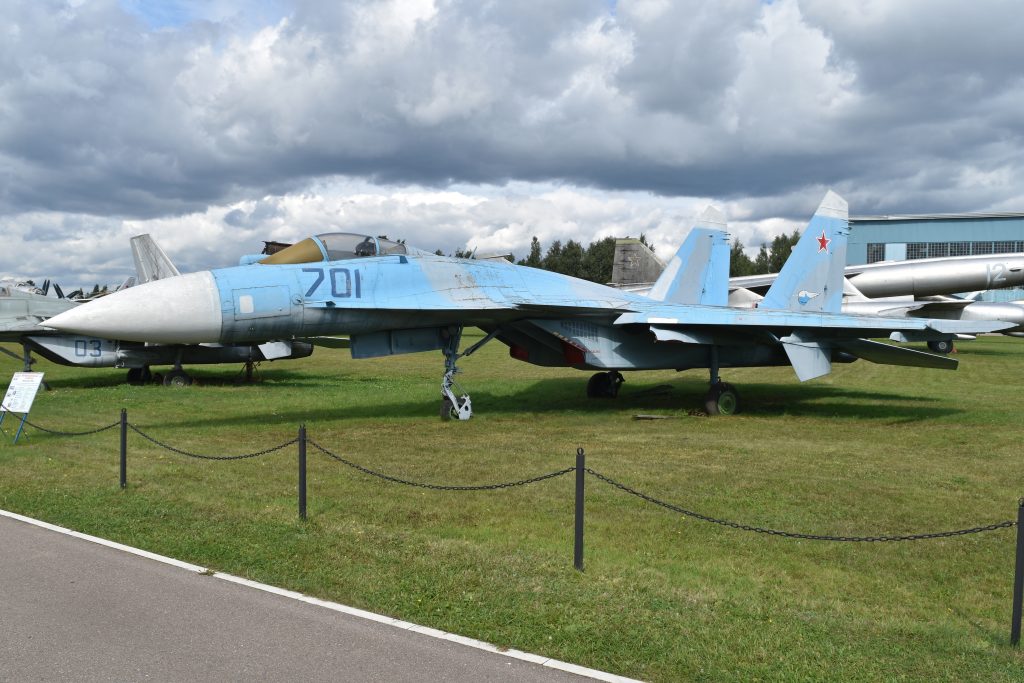
5. Bridge to the Su-35 Acquisition
Reports and leaked KRET export documents indicate Iran’s desire to buy 48 Su‑35s during the period between 2026 and 2028. The Yak‑130 provides the training platform necessary for pilots who will fly these advanced fighters. By familiarizing the crews with the avionics layout, weapons systems, and flight dynamics of Russian aircraft, the Yak‑130 reduces transition time into frontline Su‑35 operations. It is in this synergy between trainer and combat aircraft where the Iranian modernization strategy fundamentally lies.

6. Su‑35s Game‑Changing Capabilities
The Su‑35S boasts thrust‑vectoring AL‑41F1S engines, Irbis‑E radar with a 350 km detection range, and tracking of up to 30 targets with concurrent engagement of eight. It is capable of carrying the R‑77‑1, R‑37M, and Kh‑59MK2 missiles, enabling both air superiority and precision strike missions. For Iran, fielding two squadrons of Su‑35s would dramatically enhance deterrence against regional adversaries; paired with Yak‑130‑trained pilots, the operational readiness of those squadrons could be achieved more quickly.
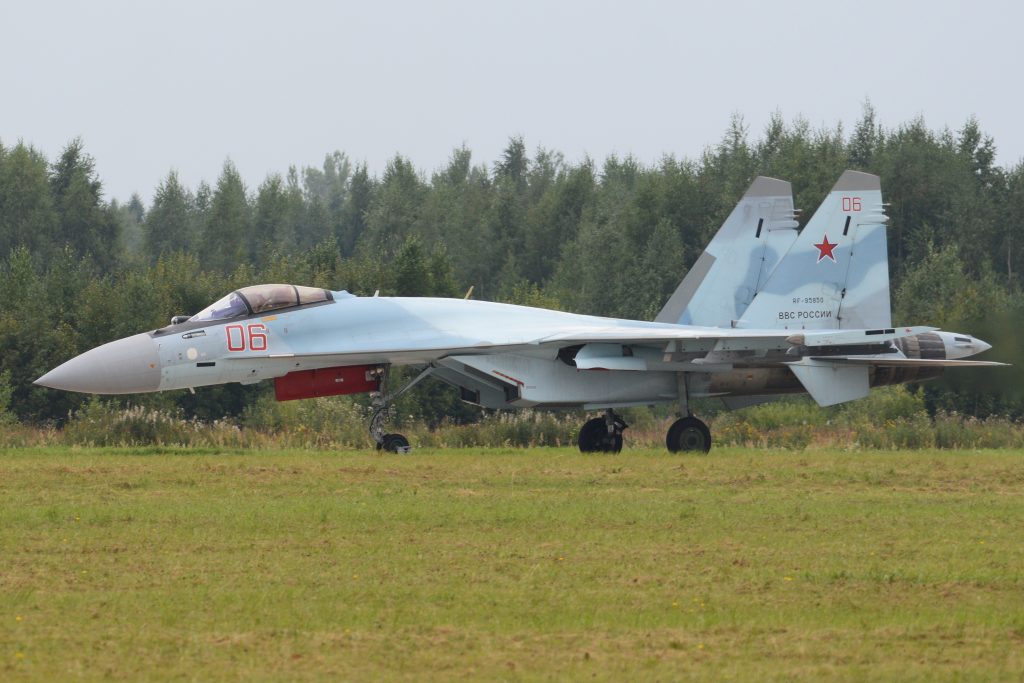
7. Local Assembly and Industrial Benefits
Leaked data indicates the possible semi‑knocked‑down assembly of Su‑35s in Iran; this might take place at Shahid Babayi Air Base. A program like that would provide Iran with production experience, decrease dependence on Russian logistics, and restart its aerospace manufacturing industry. The prospects of localized trainer production-even on platforms such as the Yak‑130-could further extend this approach and strengthen Iran’s combat aircraft self‑sufficiency over the next decade.
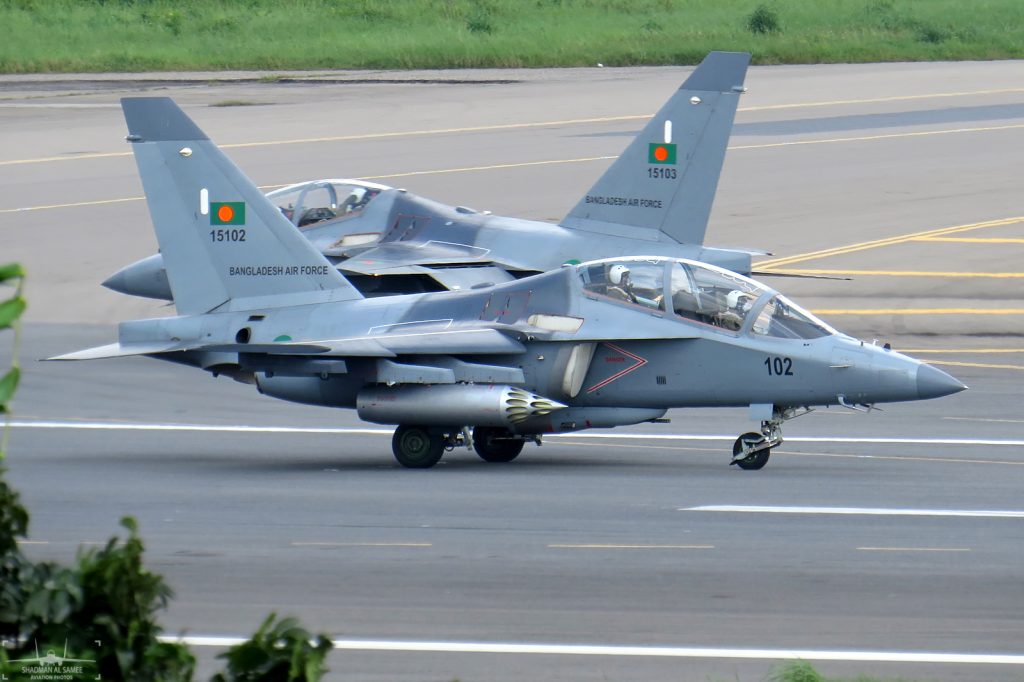
8. Geopolitical Implications of the Iran‑Russia Partnership
The deals for the Yak‑130 and Su‑35 symbolize a deepening military‑technical alliance between two sanctioned states, which share strategic interests in counterbalancing Western influence in regions from Syria to the Persian Gulf. The partnership also gives notice to the Gulf Arab states and Israel that Iran’s trajectory in terms of airpower has changed. This could lead to regional rivals hastening their procurement of advanced Western fighters, feeding an arms race.

9. Challenges and Constraints Ahead
The Russian aerospace industry is confronting shortages of microelectronics and engine components due to sanctions, with potential delivery delays. Iran’s financing is complicated and usually based on oil‑for‑arms barter arrangements. Despite these challenges, both countries have powerful motives to move forward: for Moscow, Iran’s orders keep production lines open; for Tehran, they are an existential modernizing step, securing its aerial deterrence for decades to come. The Yak‑130’s arrival in Iran is more than a trainer acquisition it is the first tangible link in a chain leading to one of the most ambitious fighter procurements in the Middle East.
With each new embedding of Russian training doctrine into their system, integration into combat exercises, and preparation of crews for Su‑35 operations, the next generation of Iran airpower is being shaped by the Yak‑130. Whether that trajectory is hampered by sanctions, production bottlenecks, or geopolitical pushback, the strategic intent is unmistakable: Tehran is positioning itself for an aerial capability leap, with Moscow as its chief enabler.
